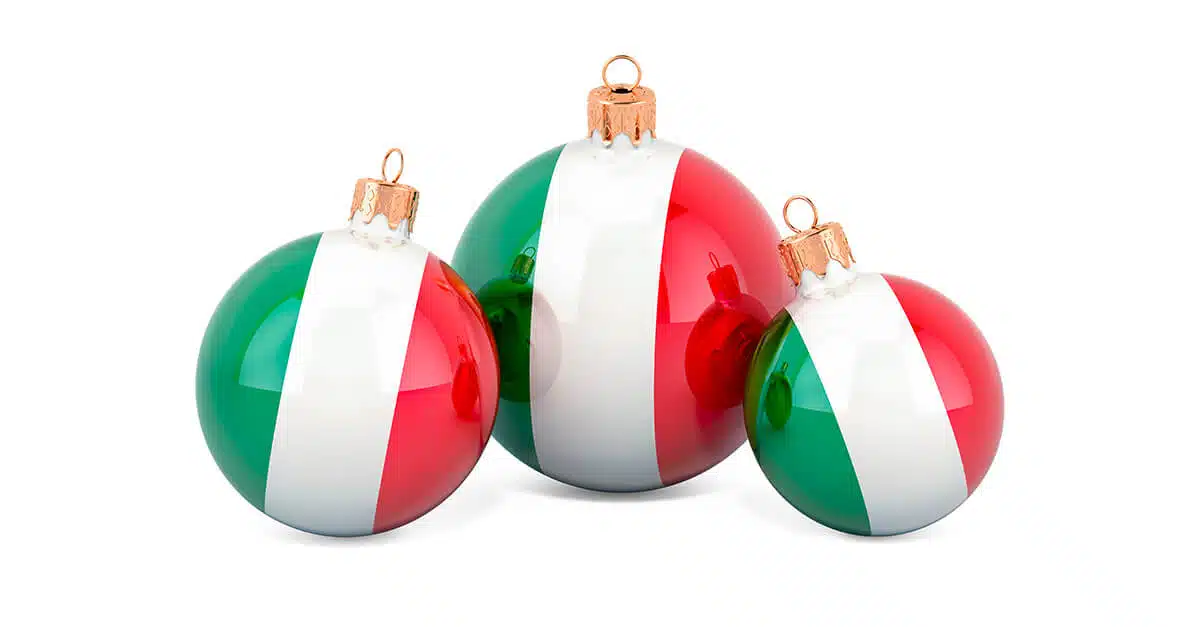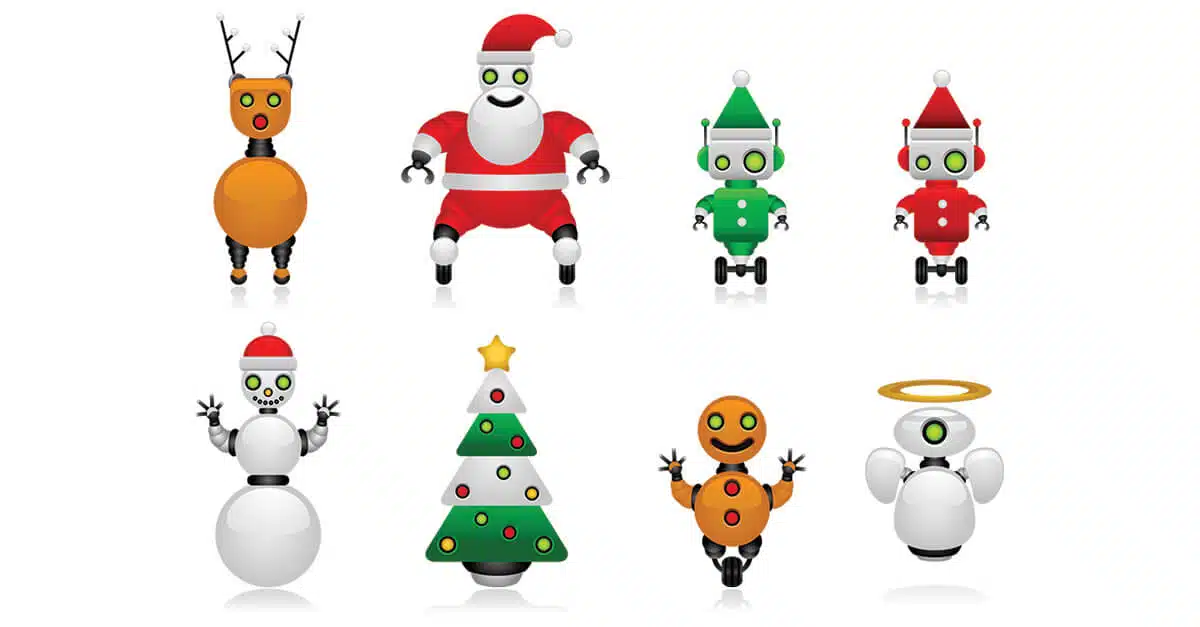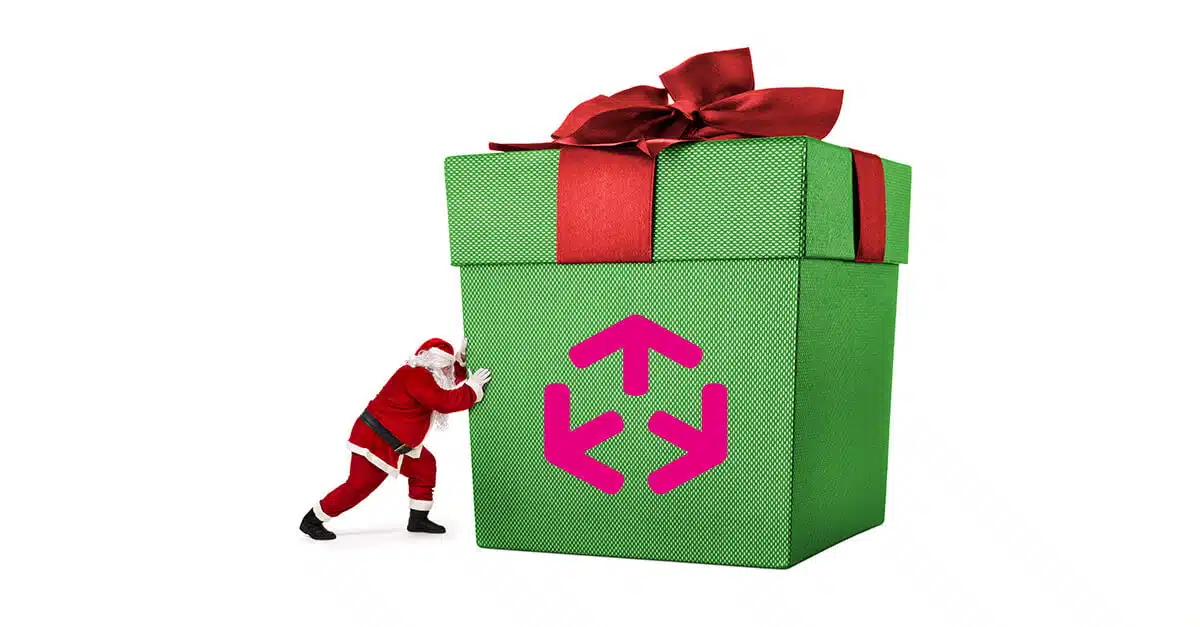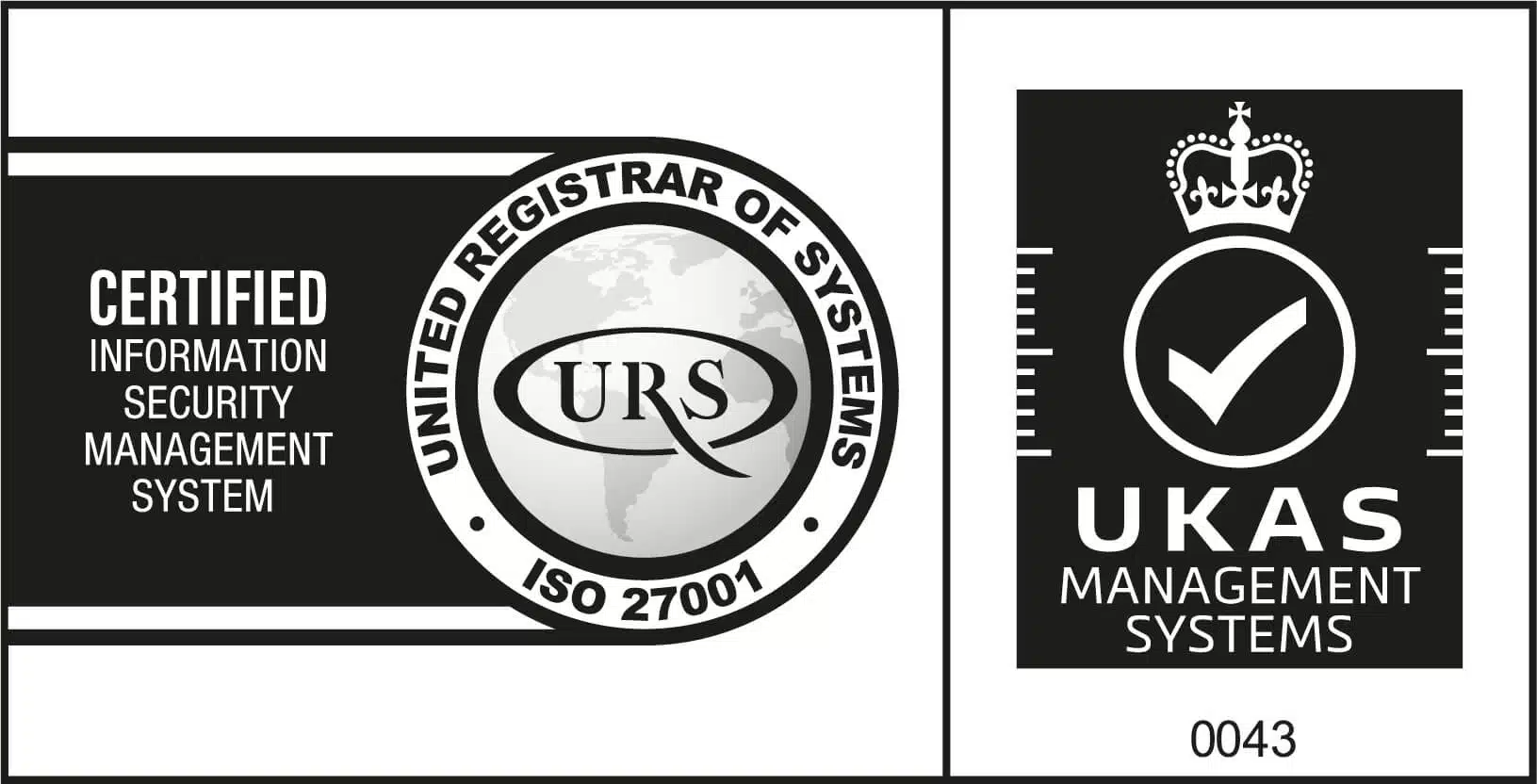Whilst the Italians enjoy a good hearty feast on Christmas Day, traditionally they give and receive gifts on January 6th – the 12th Day of Christmas. There was a big Italian gift in the spring of this year too when ownership of Borsa Italiana was transferred (for a small fee) by LSEG to Euronext. Given this change and the implications of Brexit for European exchanges and venues, it occurred to us that it might be interesting to take a look at the Italian market to see if things have settled back to (the new) normal.
At this time of year the discussion often turns to how Father Christmas is able to get around so many households in just one night. For sure, the sleigh is fitted with the latest technology such as smart routers and machine learning algorithms to plot the optimal course between well behaved children. But the evidence is building that in his day job the big man may be a high frequency trader. The time it takes to get between Madrid and London at light speed is around four milliseconds. Of course, that’s the physical limit and there are plenty of items that cause friction such as chimneys and church steeples, or if you are a high frequency trader, firewalls and trading controls. The parallels are obvious.
To some people Christmas feels the same year after year, maybe because the favourite armchair in the corner of the room is comfortable, Grandpa’s view never changes too much and he probably likes it that way – he’s seen enough change over the years. For kids, however, each year brings fresh festive excitement; as they grow older their perspective changes and they remain curious.
We should be careful with three letter acronyms (TLAs) especially at this time of year when ELFs should not be confused with ELPs. Along with the bank SIs, ELPs deliver a service not dissimilar to Santa’s little helpers – mysterious, fast moving, hard to spot with the naked eye. Undoubtedly hard working and always available, they often deliver nice surprises of various sizes. Over the last three years, our data scientists have helped us to develop a much better understanding of what is happening in SI land and each year we unwrap a little more.
The Christmas stocking is still a major part of any family Christmas. It’s the perfect place to find last minute surprises like satsumas, bottles of gin, or a multi-rotor copter drone. You never know what you might find, sometimes you get lucky and sometimes you don’t, and then of course there is the sweet smell of hessian. In fact, they are a lot like dark pools, apart from the hessian.
In the good old days, your Christmas tipple might have been a gin & tonic, of which there were few mainstream choices for the spirit or the mixer. Then, almost overnight, there was a somewhat confusing abundance of choice for both, garnished with the decision of what variety of fruit or vegetable should be sliced into it.
At big xyt, we like to think big. At Christmas there’s nothing like a big pile of presents under the tree on Christmas morning and the big parcels are often the least expected and the most surprising. It’s got us thinking about the biggest corporate events of the year. One in particular springs to mind which was the share swap between Naspers Ltd and its sister company, Prosus NV. Naspers was the most traded name on the Johannesburg Stock Exchange (also the home of the Huge Group by the way!) at around €250M per day, with Prosus in second spot with around €100M. Together, they are the top two names in the JSE’s SWIX index with about 20% share of overall market volumes.
Yesterday we commented on closing auction volumes, which are, of course, composed of multiple trades in a stock at the same time and price – perhaps familiar to those of you who like to combine several presents together in one piece of wrapping paper. When it comes to a single large present it is always nicer when it comes as a surprise. Away from the auctions, most institutional traders target dark pools as an efficient way to shift large positions. With no guarantee of trading, most of these dark trading venues bring the advantage of mid-point pricing. Benefits include saving half the spread as well as reducing the information leaked when interacting with a public order book.
Inevitably at this time of year our thoughts turn to the important matter of choosing the right dessert to round off a hearty Christmas lunch. To get us in the mood, for our first 12 Days of Trading 2021 post, we decided to look at the Closing Auctions, the “afters” of the trading day if you like. We discovered that the top four largest ever auctions all occurred in 2021.
Is the fun about to come to an end for those trying to optimise (and capitalise on) their interaction with one of the most heavily traded equities in Europe? It has to be one of our favourite stocks for the complexity it presents for equity exposure to a single organisation. Two different lines of stock, both traded heavily on two primary exchanges. Competition aplenty from the UK and European MTFs and the full spectrum of market mechanisms accessible to trade; lit, dark, auctions, off-book (on-exchange), OTC….the list goes on. It presents a challenge for many investors, banks and brokers and a long standing opportunity for the canny arbitrageur.










